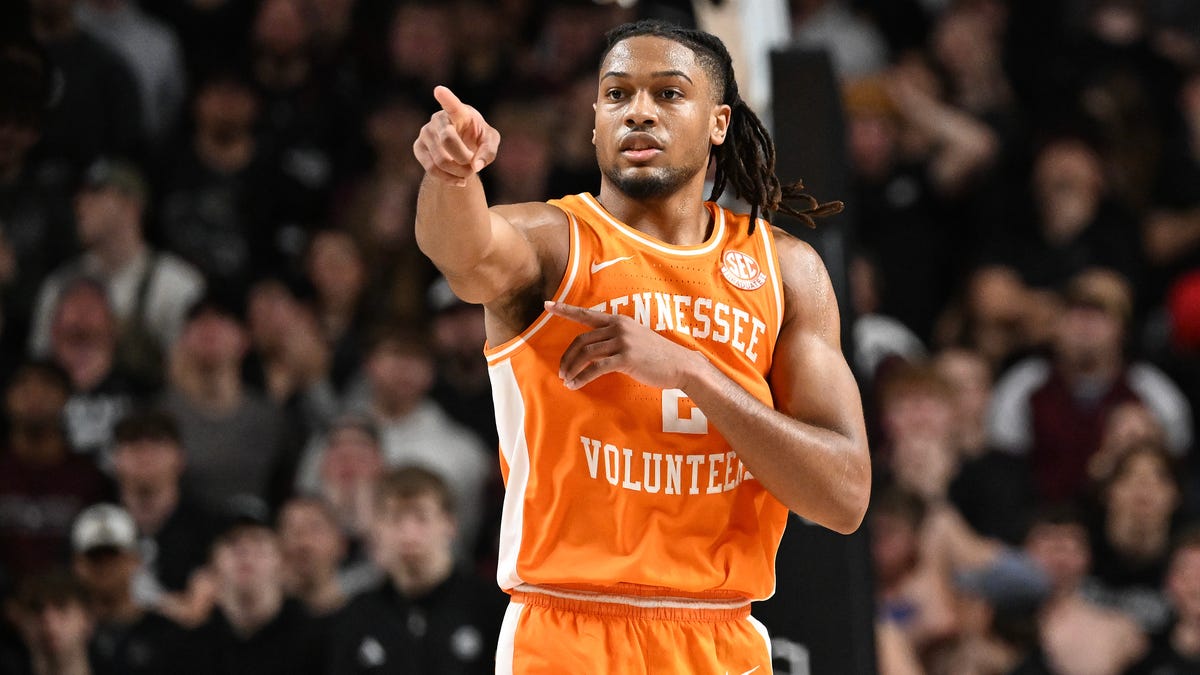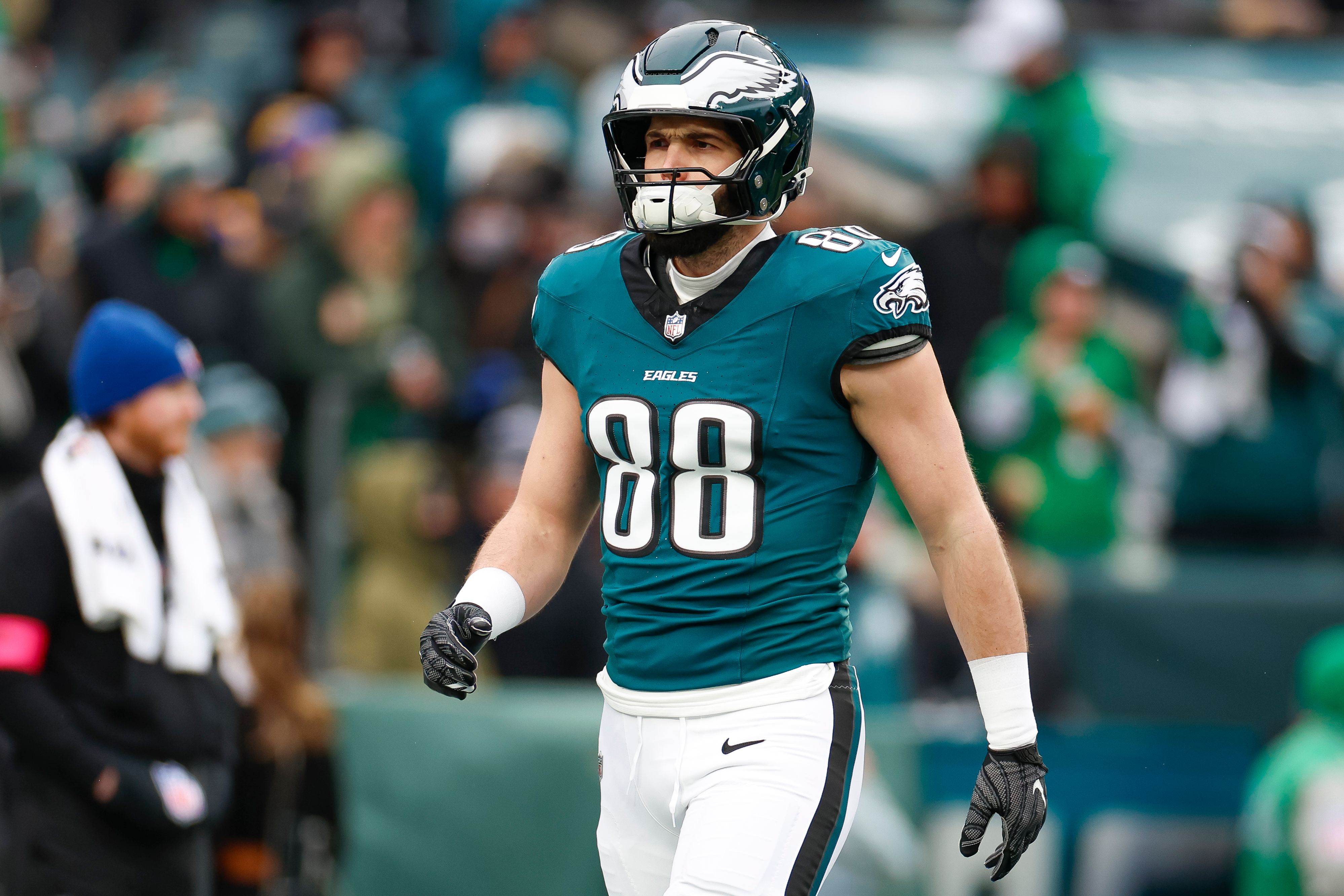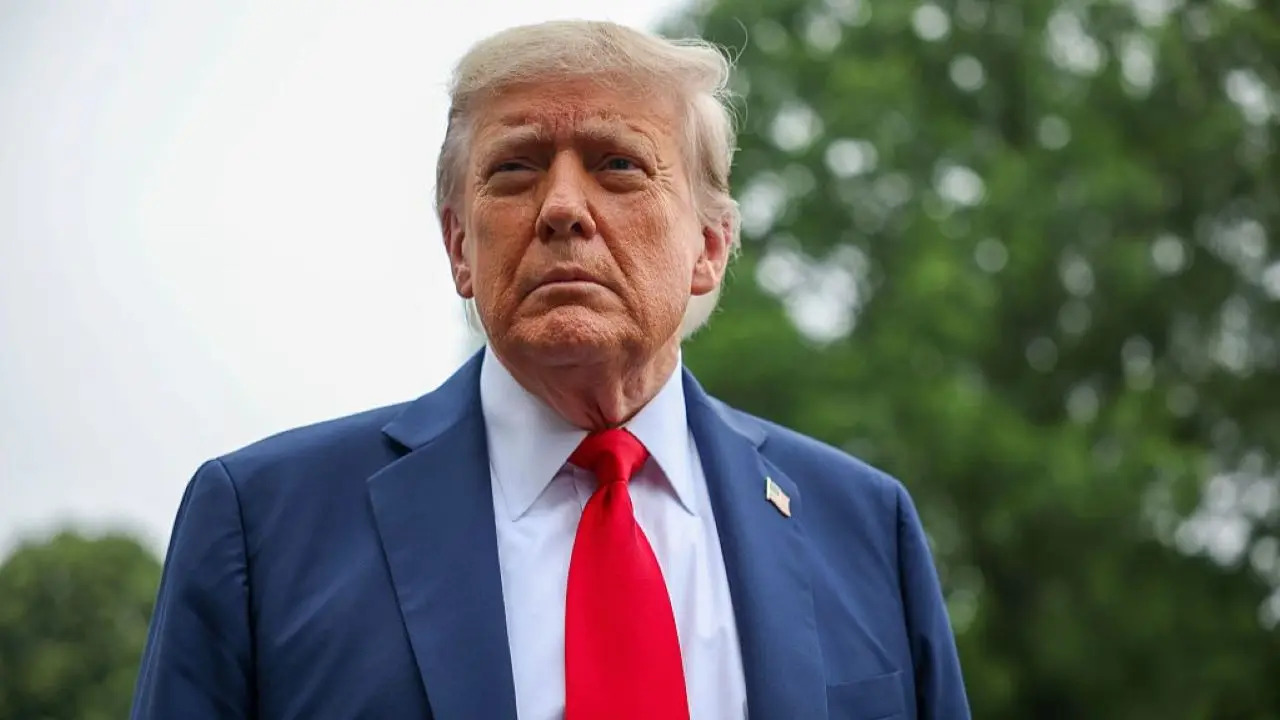New York
‘It Was on Just Such a Cool Day That I Set Out From the Upper West Side’

Long Sleeves
Dear Diary:
I’m about six feet tall and in my early 70s. As long as the wind is not blowing too hard, I’m comfortable going out for a walk in just a light, long-sleeved sport shirt and no coat even when the temperature falls into the low 30s.
It was on just such a cool day that I set out from the Upper West Side to cross Central Park and spend a couple of hours at the Metropolitan Museum of Art.
As I walked east along 72nd Street, a woman who was probably in her 80s and headed in the opposite direction walked up to me briskly and jabbed her right index finger toward my chest.
“Young man,” she said, “you go right home and put on a jacket.”
— Spencer Karpf
Learning
Dear Diary:
I called it the rasp: the steep, treeless blocklong scarp of a sidewalk that connected Amsterdam and Convent Avenues in Harlem and was my playground when I was a 6-year-old girl growing up in the 1950s.
It was a time of learning. I learned to roller skate. Before that, I could only watch the big kids do it. Now, I had my own pair, hand-me-downs from my older sister.
I used the skate key to affix the metal skates to the soles of my red oxfords, a worn-out pair of shoes my mother held in reserve for playing outside.
I learned about momentum. Without a care, I tested my mettle, staring down the rasp from the top of the hill, and took off — whoosh! Flying, unrestrained, astonishing myself, Newtonian laws be damned!
But before I could take a second breath, the clamp on my left skate came loose. Attached only by a tattered strap, it dangled treacherously from my ankle, while my right foot rocketed on, detached and indifferent to the plight at hand.
I learned that the rasp was a flesh-eating serpent, and that roller skates can betray you. Together, they had colluded to take a respectable chunk of my tender young flesh, and blood, from my knee.
I learned that Mercurochrome stings … a lot.
— Lorenza Vidris
At the Counter
Dear Diary:
I was sitting at the counter at my neighborhood diner, having a toasted (well-done) corn muffin and coffee, when a man in his 40s came in. He was dressed casually but nicely. He asked if he could take the seat next to mine.
“Sure,” I said.
He ordered an omelet with spinach and tomatoes.
“That looks good,” I said when it arrived. “And healthy.”
“Yeah, but your corn muffin looks good, too,” he said. “I love cornbread.”
I don’t know why, but I said, “Do you want a piece?”
“I’d love it,” he said.
So I gave him a piece of my muffin, which he gobbled up.
Can you imagine — taking food from a stranger’s plate in a diner? Somehow, we both knew it was OK.
— Aimee Lee Ball
Crosstown Bus
Dear Diary:
Heading east on the crosstown bus from the Museum of Natural History, we watched a nanny struggle on, laden with a stroller, some packages and an obstreperous toddler.
As the bus lurched into traffic, she directed the young boy to the lone empty seat, where he loudly refused to sit.
Balancing her bundles and the stroller, she worked patiently to try to get him to sit down as the bus bumped through the park. Other passengers tried to cajole him into taking the seat. He was not having it.
At Fifth Avenue, a well-dressed woman stepped forward. Gripping the pole as the bus bounced along, she reached into her purse, held out two small toys and asked the wailing child if he knew what they were.
“Dinosaurs!” he said, whimpering through his tears.
The woman gave him one of the toys, and they started to play together. With that, the caretaker scooped him into the seat. He played with his dinosaur and then asked for one for his baby sister, who was in the stroller.
The woman reached into her purse and pulled out another dinosaur, which she gave to him. Then she gave dinosaurs to everyone who was sitting nearby, including me.
The woman said she was a volunteer at the museum and always carried toy dinosaurs for just such moments.
“Children everywhere, no matter their language or age — they all know ‘dinosaur,’” she said. “It works every time.”
— Elyse Montiel
Adorable
Dear Diary:
Very excited about the arrival of my niece’s new baby, I was searching for a baby store in Dumbo.
One had closed; another seemed to be online only. Finally, I saw an adorable little place, chock-full of little toys and outfits. I was taken immediately by a tiny plush jacket.

New York
How NYC Neighborhoods Voted in the 2025 Mayoral Primary: Map

The candidate leading each neighborhood in the first round
Queens
Brooklyn
Bronx
Manhattan
Staten
Island
Zohran Mamdani, an upstart state assemblyman from Queens, was on the brink of winning Tuesday’s Democratic primary for mayor of New York City. While results were not yet final, Mr. Mamdani leaped ahead of a crowded field thanks to a surge of turnout in gentrifying neighborhoods, and strong support from Asian and Hispanic enclaves.
Mr. Mamdani, a 33-year-old democratic socialist, also ran up large vote tallies in the affluent brownstone-lined blocks of Brooklyn, in the diverse blocks of Upper Manhattan and in areas with substantial South Asian populations in Queens.
His main rival, former Gov. Andrew M. Cuomo, had hoped to reassemble Mayor Eric Adams’s winning 2021 coalition of Black, Hispanic and Orthodox Jewish voters, but instead lost ground in some of those communities.
Neighborhoods where Eric Adams won
The areas where the current mayor won in the 2021 Democratic primary are outlined.
Queens
Brooklyn
Bronx
Manhattan
Staten
Island
Mr. Mamdani, who campaigned on addressing New York’s affordability crisis, performed stronger than his rivals in areas where a majority of residents are college graduates, as well as in middle-income and higher-income neighborhoods. He won most areas with a majority of Asian residents and was modestly outpacing Mr. Cuomo in majority Hispanic areas.
Mr. Cuomo, 67, had more support in areas with a majority of Black residents and in areas where a majority of residents are low-income. There were some exceptions, most notably Mr. Cuomo’s strong performance on the Upper West and East Sides in Manhattan, where Mr. Mamdani struggled to win over an older, wealthier electorate, which includes a sizable segment of Jewish voters.
How candidates fared with groups of voters
Based on results in precincts where each group is a majority.
| Precincts with… |
Andrew Cuomo |
Zohran Mamdani |
Brad Lander |
|---|---|---|---|
| Higher income residents
24% of precincts |
30% | 42% | 20% |
| Middle income residents
49% of precincts |
37% | 47% | 7% |
| Lower income residents
24% of precincts |
49% | 38% | 3% |
| More college graduates
27% of precincts |
28% | 45% | 19% |
| More white residents
29% of precincts |
34% | 39% | 19% |
| More Hispanic residents
16% of precincts |
41% | 48% | 4% |
| More Black residents
15% of precincts |
51% | 34% | 3% |
| More Asian residents
4% of precincts |
36% | 52% | 5% |
| More renters
70% of precincts |
33% | 47% | 11% |
Mr. Mamdani, who would be the city’s first Muslim and South Asian mayor, won the largest vote share in gentrifying neighborhoods like Ridgewood in Queens and Greenpoint in Brooklyn that are home to groups of young, left-leaning voters. Voters in Jamaica Hills, a Queens neighborhood home to a sizable South Asian population, also chose Mr. Mamdani by a large margin.
Mr. Cuomo’s efforts to court the Orthodox Jewish vote paid off. Borough Park and Midwood in Brooklyn were two of his top-performing neighborhoods. He also won large margins in the less dense, coastal communities of Far Rockaway and Bayswater in Queens, far from Manhattan.
Brad Lander, the city comptroller, was in third place overall. The cluster of neighborhoods in Brooklyn where Mr. Lander fared the best — which include Park Slope, Cobble Hill and Windsor Terrace — are all neighborhoods where Mr. Mamdani won most of the votes. That could ultimately benefit Mr. Mamdani under the city’s ranked-choice voting system, because the two men cross-endorsed each other and encouraged their supporters to rank them both.
The system allowed voters to list up to five candidates on their ballots. If their top choices are eliminated, their votes will be transferred to candidates who are lower on their ballots next Tuesday.
Each candidate’s top five neighborhoods by vote share
Zohran Mamdani
| Neighborhood | Pct. | Votes |
|---|---|---|
| Ridgewood, Queens | 80% | 7,030 |
| Bushwick, Brooklyn | 79% | 14,164 |
| East Williamsburg, Brooklyn | 75% | 2,586 |
| Jamaica Hills, Queens | 74% | 1,458 |
| Greenpoint, Brooklyn | 72% | 7,583 |

Andrew Cuomo
| Neighborhood | Pct. | Votes |
|---|---|---|
| Borough Park, Brooklyn | 80% | 6,577 |
| Manhattan Beach, Brooklyn | 76% | 236 |
| Midwood, Brooklyn | 72% | 9,160 |
| Far Rockaway, Queens | 72% | 2,489 |
| Bayswater, Queens | 72% | 522 |

Brad Lander
| Neighborhood | Pct. | Votes |
|---|---|---|
| Park Slope, Brooklyn | 35% | 7,330 |
| Windsor Terrace, Brooklyn | 34% | 1,689 |
| Cobble Hill, Brooklyn | 32% | 1,199 |
| Columbia St. Waterfront District, Brooklyn | 31% | 355 |
| South Slope, Brooklyn | 30% | 632 |

Adrienne Adams
| Neighborhood | Pct. | Votes |
|---|---|---|
| Springfield Gardens, Queens | 17% | 891 |
| Laurelton, Queens | 16% | 506 |
| St. Albans, Queens | 15% | 828 |
| Jamaica, Queens | 14% | 1,381 |
| Cambria Heights, Queens | 14% | 425 |
Assuming he prevails in the primary, Mr. Mamdani will face a general election in November that has the potential to be unusually competitive. Mr. Adams is seeking a second term, this time as an independent. Curtis Sliwa, a Republican, will be on the ballot, along with Jim Walden, a lawyer and independent. Mr. Cuomo also still has the option to pursue a third-party fall campaign.
New York
10 Questions With Brad Lander

Brad Lander took a risk last summer when he entered the New York City mayor’s race instead of running for a second term as comptroller.
But he was worried then, he says, about the city’s future under the leadership of Mayor Eric Adams — and later about the possibility that former Gov. Andrew M. Cuomo would join the race, as he did.
He has run as an earnest technocrat with a stack of progressive plans. But he has not had the same momentum as Zohran Mamdani, who has risen in the polls and received the first-choice endorsement of Representative Alexandria Ocasio-Cortez. (She ranked Mr. Lander third.)
Ahead of the June 24 primary, the leading Democrats in the race visited The New York Times for interviews. We are publishing excerpts from those interviews, and this is the sixth in the series; our conversation has been edited for length and clarity.
We asked Mr. Lander, 55, questions about 10 themes, with the occasional follow-up, touching on his management of the city’s finances and the two good things he thinks Mr. Adams has done as mayor.
We’ve written previously about Mr. Lander’s plan to end street homelessness for people with severe mental illness, his criticism of Mr. Cuomo and how he seriously considered becoming a rabbi.
1. What’s the most important issue in the race: affordability, public safety, President Trump or something else?
In that order — affordability, public safety, Trump and then just cleaning up corruption and making the city run better. But I’ll put affordability first. That is what’s pushing people out of New York.
2. Who was the best New York City mayor in your lifetime?
The best New York City mayor ever was Fiorello La Guardia, and he was not in my lifetime. Alas, I wish he had been.
The mayors in my lifetime have done great things, but I hesitate to say which one. If you want the mayor who managed the city best — picked up the garbage, made the city function well — Mike Bloomberg certainly did that the best. But the gap in seeing how much income inequality was growing, and stop and frisk, were real.
The best single accomplishment of any mayor is universal prekindergarten, which has been incredible and life-changing for a lot of families, but there were a lot of other issues in the de Blasio administration.
3. Should the Elizabeth Street Garden in Manhattan be closed to build affordable housing?
Yes.
4. What’s one issue in politics that you’ve changed your mind about?
I’m pleased to say I’m open to admitting when I get things wrong.
We did some research on Hudson Yards. I had put some things out when I was the director of the Pratt Center for Community Development that I thought the city was going to get screwed, basically, and not benefit financially. I thought it was all for the developer.
My team in the comptroller’s office did some research, then came to the office and showed me: We’re making between $200 million and $300 million a year. We published it. I put a cover note on that said: “I got this wrong. The research says this is actually working for New York City.”
5. There have been questions about where Mayor Eric Adams lives. Where do you live?
I live on 13th Street in Park Slope.
How much is your rent or mortgage?
Our mortgage is $3,300 a month.
Do you own a car?
We do own a car.
What model?
We have a Toyota Prius.
How often do you take the subway or bus?
I take the subway or bus a couple of times a week.
6. What do you consider yourself when it comes to your finances, growing up and now? Middle-class? Upper-middle-class?
My mom was a public elementary school guidance counselor. My dad was a legal services lawyer and then a private-sector lawyer. We grew up middle-class.
I would say we, my wife and I, are upper-middle-class. We made the very fortunate decision to buy a co-op in brownstone Brooklyn for $125,000 in 1996, and that is why we’ve been able to raise our family. We sold it, and then bought our rowhouse on 13th Street, and that has enabled us to live in a neighborhood that we couldn’t afford now, if we hadn’t bought then.
7. Mayor Adams has said that you’re not investing in Israel as comptroller and criticized your management of the city’s pension funds. Why?
I mean, Eric Adams lies every day and twice on Tuesdays — probably more than that, honestly.
Investments in Israel have grown on my watch, so it’s just a lie. And our pension performance — you can look at it. We’re actually the first to publish it online. They’re right out there for everyone to see.
Why do you think the mayor has targeted you?
I do my job. The job of city comptroller, in addition to managing those pension funds well, is oversight of the mayor — is to be a watchdog, and I have been a good watchdog.
We worked to cancel that $432 million DocGo contract. [Mr. Lander criticized the city’s decision in 2023 to grant DocGo, a medical services company, a no-bid contract to help care for an influx of migrants.] Our audits have been hard-hitting in all kinds of places.
I went early on to him and said: “Let’s find some things to work together on. Let’s try to have a strategy for what to do when it’s my job to say ‘This contract stinks’ or ‘This agency isn’t getting its job done.’”
And he smiled, like he does, but not one time have they been willing to work with us to fix something that’s broken.
8. What’s one good thing that Mayor Adams has done?
I’ll give him two.
NYC Reads — the focus on literacy, phonics education, kids with dyslexia. A lot more to do there. There’s only two of those structured literacy schools. I think there should be one in every district, but it’s a good start.
And trash containerization. It shouldn’t have taken us so long to put lids on the trash cans. There’s a long way to go there as well. And probably Jessie Tisch gets more credit than Eric. But a big part of the job of mayor is hiring good people. He has hired a lot of bad people, but he’s hired some good people as well.
There’s going to be a couple of big mayoral priorities that I’m going to deliver — ending street homelessness, building a lot of affordable housing, expanding child care and after-school — and then my commissioners and deputy mayors are going to do a whole bunch of great things we haven’t thought about yet. That’s what happens when you hire really good people and have their backs.
9. What’s your bagel order?
My bagel order is an everything bagel with scallion cream cheese, a slice of tomato and lox.
Toasted or not toasted?
Not toasted.
10. What’s the last TV show you binged?
We’re watching “Extraordinary Attorney Woo.”
I haven’t heard of that one.
Should I pick something that people have heard of? The thing I’ve seen that people should watch is the “Station Eleven” mini-series on HBO. That is like the best thing ever on television. “Watchmen” is a close second.
Jeffery C. Mays contributed reporting.
New York
Test Your Broadway Knowledge, Celebrity Edition

George Clooney is making his Broadway debut in the stage adaptation of his 2005 film “Good Night, and Good Luck.” In 1994, he had his big break on the popular medical ensemble drama “ER.” Which other “ER” actor also starred in a Broadway show this season?
-

 Arizona7 days ago
Arizona7 days agoSuspect in Arizona Rangers' death killed by Missouri troopers
-

 News1 week ago
News1 week agoAt Least 4 Dead and 4 Missing in West Virginia Flash Flooding
-

 Culture1 week ago
Culture1 week agoBook Review: “The Möbius Book, by Catherine Lacey
-

 Technology1 week ago
Technology1 week agoHow to build the best keyboard in the world
-

 Movie Reviews1 week ago
Movie Reviews1 week ago10 Great Movies Panned Upon Release, From ‘The Thing’ to ‘Twin Peaks: Fire Walk With Me’
-

 Politics1 week ago
Politics1 week agoSen Padilla insists he wasn’t disrupting Noem press conference: ‘I was simply asking a question’
-

 Business6 days ago
Business6 days agoDriverless disruption: Tech titans gird for robotaxi wars with new factory and territories
-

 Culture1 week ago
Culture1 week agoMatch These Books to Their Movie Versions












